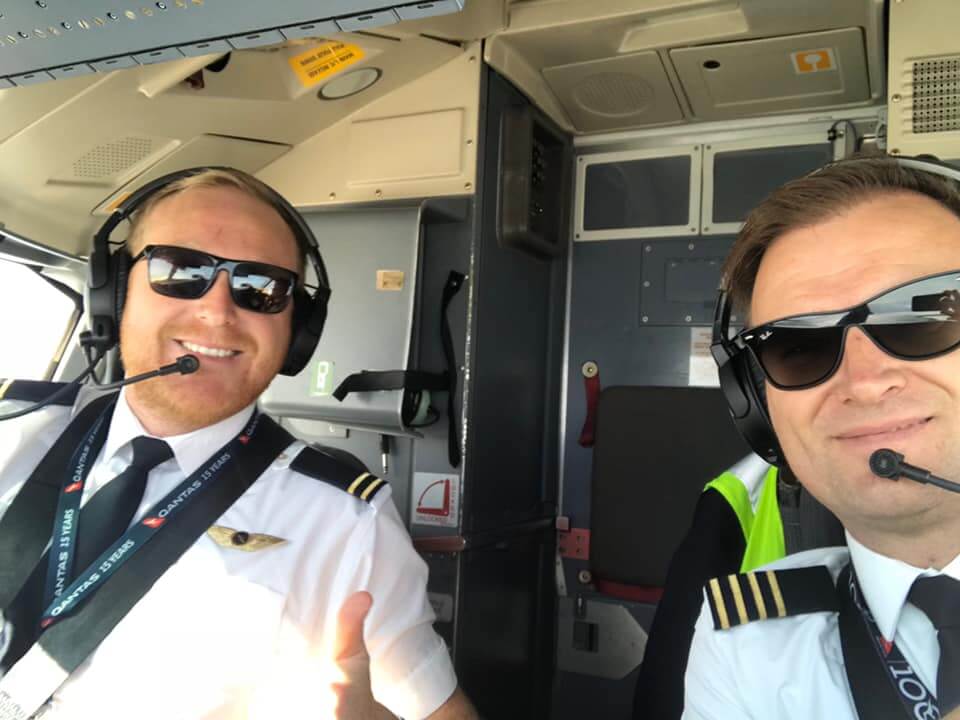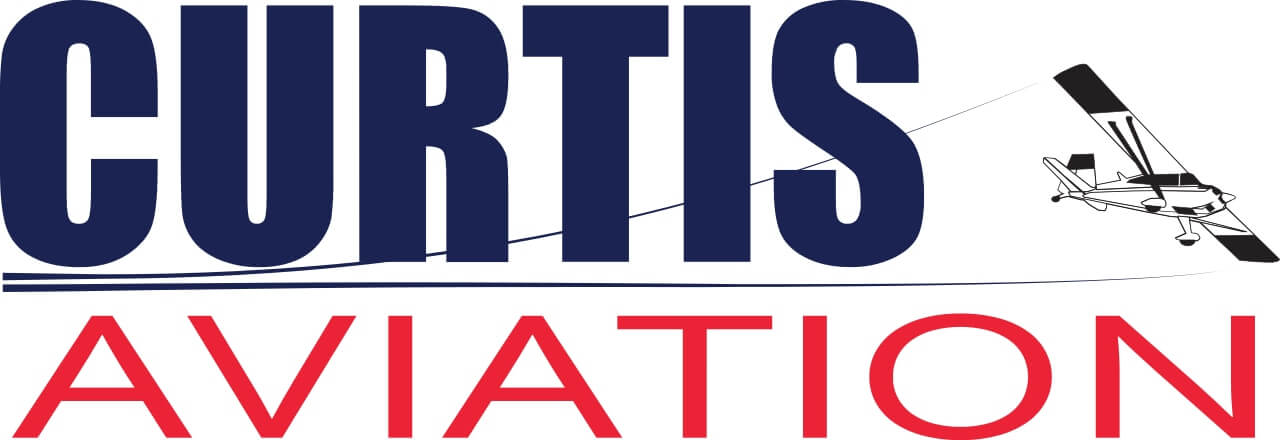It should come as no surprise that being a commercial pilot is one of the most enjoyable and exciting jobs you could ever hope to have. The possibilities are limitless and include areas such as charter, joy flights, flight instruction, freight, agriculture, surveillance, medical, tourism and general aviation business owner.
 What many people don’t realise is that there are a number of pathways you can take towards attaining a Commercial Pilot License, and here at Curtis Aviation, as one example, we offer three pathways.
What many people don’t realise is that there are a number of pathways you can take towards attaining a Commercial Pilot License, and here at Curtis Aviation, as one example, we offer three pathways.
So, what is involved in getting a Commercial Pilot License?
First of all, it’s important to understand what a Commercial Pilot License is.
In short, it allows you to fly in any private or commercial operation as a co-pilot, and any private or commercial operation as a pilot-in-command with a few exceptions, with the most notable exception being airlines (but more about that later).
You also need to have the right class or type rating for the aircraft you want to fly.
If your flying goal is airlines, you will need a Commercial Pilot License, or in some cases part way through, to get the further training required, which is often through an airline training or cadet-style program. (More about that later.)
What are the basic requirements to get a Commercial Pilot License?
You need to be 18 years of age to be the holder of a Commercial Pilot License.
Although there are no minimum educational requirements for the license, high school maths and physics to year 10 is helpful, and it is important to note that the minimum educational requirements for employers are quite different, with many requiring Year 12 as a minimum.
English proficiency is also extremely important as it is the language of aviation so needs to be clear and accurate over the radio and person to person in the air.
What is involved in getting a Commercial Pilot License?
To be the holder of a Commercial Pilot License you step through a series of licenses as part of the Commercial Pilot training program.
- Step One – Recreational Pilot License (RPL)
- Step Two – Private Pilot License (PPL), and then
- Step Three – Commercial Pilot License (CPL).
Before you get started with the training, there are also some regulatory requirements that need to be addressed. It’s advisable to check that the school you choose can guide you on these. At Curtis Aviation we’ll step you through, usually at your first lesson, so it is much simpler for you. The regulatory requirements include:
- Aviation Security Identity Card (ASIC)
- Aviation Reference Number (ARN)
- Identification verification with Civil Aviation Security Authority (CASA), and
- Medical examination by Designated Aviation Medical Examiner (DAME).
Although a Class 2 Medical only is required before the Commercial Pilot License, we highly recommend you have a Class 1 Medical to identify any medical issues that may hold you back in your career before proceeding too far with your training. We can direct you to a list of approved medical examiners.
You will also be doing both flight and theory tests.
What are the training options?
As already mentioned, there are a number of ways to go about getting a Commercial Pilot License and you’ll notice what is offered by different training organisations and institutions can vary.
At Curtis Aviation, we have three pathways:
- Non-integrated course (200hrs)
- Integrated course (150hrs)
- As part of an aviation degree.
The Non-Integrated pathway is a flexible training option, ideal for those who may be looking for training that suits their busy lives and budget with theory self-study so no classes to attend. With the non-integrated pathway you can pay by the lesson.
The Integrated pathway is a structured program that requires you to complete the training within a condensed period of time and includes theory classes to attend. This is a great option for those who would like to fast-track their training. An inclusive training package has been designed for those taking this option, however if you are looking for more flexibility, we can discuss alternative payment options for you.
University is a popular pathway. At Curtis Aviation we partner with CQ University where you can do your course online and we provide the flight training here at Camden Airport. The aviation degree is a popular path especially for those who have their sights on flying for an airline with the added benefit of FEE-HELP for eligible students. CQ University can provide more information about the program, enrolment and fee help. You can also visit our website for more details, including a detailed brochure you can download.
It’s important to note that although there is a pre-determined minimum number of flight experience hours required to attain the license (as shown above), the Commercial Pilot License is subject to you reaching minimum standards and requirements and passing examinations, and we suggest you also visit the Civil Aviation Safety Authority (CASA) to find out more.
Will having a Commercial Pilot License get you a job?
Like any career, there are no guarantees, however the more skills you have the more opportunities are generally available to you. What skills you choose to develop and the path you take depends on your goals.
Commercial Pilot students commonly will do a multi-engine instrument rating, and/or a flight instructor rating to improve their employability.
When it comes to airlines, it is a good idea to look carefully at employer websites to gain an understanding of their requirements. This may also impact the path you choose to take towards getting your Commercial Pilot License.
We also recommend you are open to a number of opportunities. A quick search of SEEK will reveal some of the diverse and fascinating roles available – and that doesn’t include the many you just don’t see advertised on mainstream platforms.
How to choose the right pathway?
We understand that choosing the right pathway is important as learning to be a Commercial Pilot is a huge commitment. Here are a few things to consider to make it easier for you:
- Always look at your end goal
- Ask yourself if you are in a position to study and fly full time
- Do you want to learn to fly first before committing to a career in aviation?
- What are potential employers likely to be looking for (as previously mentioned).
When considering the right flying school for you, things you may want to pay attention to include:
- The level of individualised support they provide
- If they are willing to help mentor you
- Are they equipped to extend your skill level with specialised training options, and
- Where the school is located. For instance, Camden Airport, where we’re located, is an ideal aerodrome for flight training as it is less congested than some other airports.
You also need to look at the overall learning experience. To illustrate, Curtis Aviation is a popular choice for Commercial Pilot License training as it is run like a flying community. You also have access to amazing flying experiences, in particular our legendary around Australia trip where you not only have the opportunity to vary your flying experience, it is truly a once-in-a-lifetime experience you do not want to miss. (And definitely worth asking our team members about.)
Where to from here?
Our best advice is to enter with your eyes wide open, be prepared to persevere, consider a range of job possibilities and you may be surprised where you end up! If you would like to have a complimentary chat with a senior instructor to discuss the Commercial Pilot License in greater detail, all you need to do is call 02 4655 6789 or send us a message.

